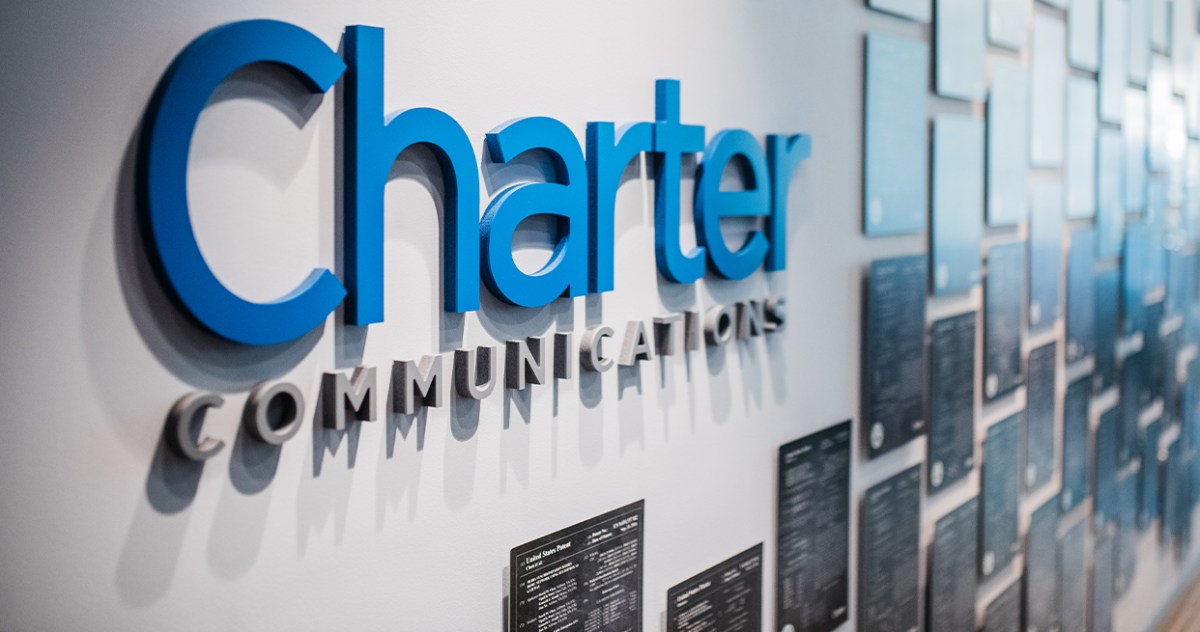Unveiling the $34.5 Billion Megamerger: Charter and Cox’s Industry-Shaking Union
In a move set to redefine the telecommunications sector, Charter Communications and Cox Communications announced a historic $34.5 billion merger on [current date]. The deal, expected to close by late 2024 pending regulatory approval, will create the largest broadband provider in the U.S., serving over 32 million customers across 41 states. Industry analysts predict this consolidation will trigger competitive upheaval, pricing shifts, and technological innovation at an unprecedented scale.
The Strategic Rationale Behind the Merger
The combined entity, tentatively named Charter-Cox Networks, aims to leverage complementary service areas to achieve 92% coverage of U.S. residential markets. Charter brings its Spectrum-branded services to the table, while Cox contributes its advanced fiber-optic infrastructure in key metropolitan regions. According to SEC filings, the companies project $3.2 billion in annual cost synergies by 2026 through:
- Consolidated network operations
- Streamlined customer service centers
- Bulk purchasing power with equipment vendors
“This isn’t just about getting bigger—it’s about being better positioned for the 5G and smart home revolutions,” explains telecom analyst Rebecca Linthwaite of Bernstein Research. “Their combined R&D budget will surpass $4 billion annually, allowing breakthroughs smaller competitors can’t match.”
Consumer Impact: Promises and Concerns
While company executives tout faster internet speeds and bundled service discounts, consumer advocacy groups voice apprehension. The merged company would control:
- 38% of U.S. broadband market share
- 61% of cable TV subscriptions in the Midwest
- 73% of business internet services in the Southeast
“History shows reduced competition typically leads to 12-18% price hikes within two years of telecom mergers,” warns Consumer Federation of America’s James Dalton. He points to the 2016 Charter-Time Warner Cable merger, after which average bills rose 14% in affected markets.
However, Charter CEO Chris Winfrey counters: “We’re committing to price freezes for existing customers through 2026 while doubling our minimum internet speeds at no extra cost. This merger lets us deliver fiber-to-the-home upgrades to 15 million additional households.”
Regulatory Hurdles and Antitrust Scrutiny
The deal faces intense examination from the FCC and Justice Department, particularly regarding:
- Potential violations of the 1996 Telecommunications Act
- Impact on local broadcasting agreements
- Effects on emerging 5G wireless competition
Former FCC chairman Tom Wheeler notes: “This merger tests whether regulators will enforce market diversity principles or allow near-monopoly conditions. The companies will likely need to divest service areas covering 3-5 million customers to gain approval.”
Competitive Fallout for the Telecom Industry
Rival providers are already adjusting strategies. AT&T recently accelerated its fiber deployment timeline by 18 months, while Verizon announced a new partnership with T-Mobile for rural broadband co-investment. Smaller regional ISPs face existential threats—industry data shows 72% of sub-500,000 customer providers lack the capital to compete with the merged entity’s scale.
“We’re witnessing the cable industry’s version of the airline consolidation wave,” observes Morningstar’s Michael Hodel. “Within five years, we may have just three or four nationwide broadband providers dominating 85% of the market.”
The Future of Connectivity Post-Merger
Looking ahead, the Charter-Cox combination could reshape digital infrastructure development:
- Smart City Integration: Combined resources may accelerate 5G small cell deployments in 140+ urban markets
- Streaming Wars: Enhanced bandwidth could give their joint streaming platform (slated for 2025 launch) a competitive edge
- Workforce Impacts: Union contracts covering 28,000 employees will require renegotiation
As the deal progresses toward regulatory review, stakeholders across the industry are preparing for ripple effects. Subscribers should monitor official announcements for service changes, while investors watch for potential stock buyback programs expected to total $8 billion over three years.
For ongoing coverage of this developing story and its impact on your connectivity options, subscribe to our telecom policy newsletter or attend our upcoming webinar with FCC officials on June 15.
See more Business Focus Insider Team

